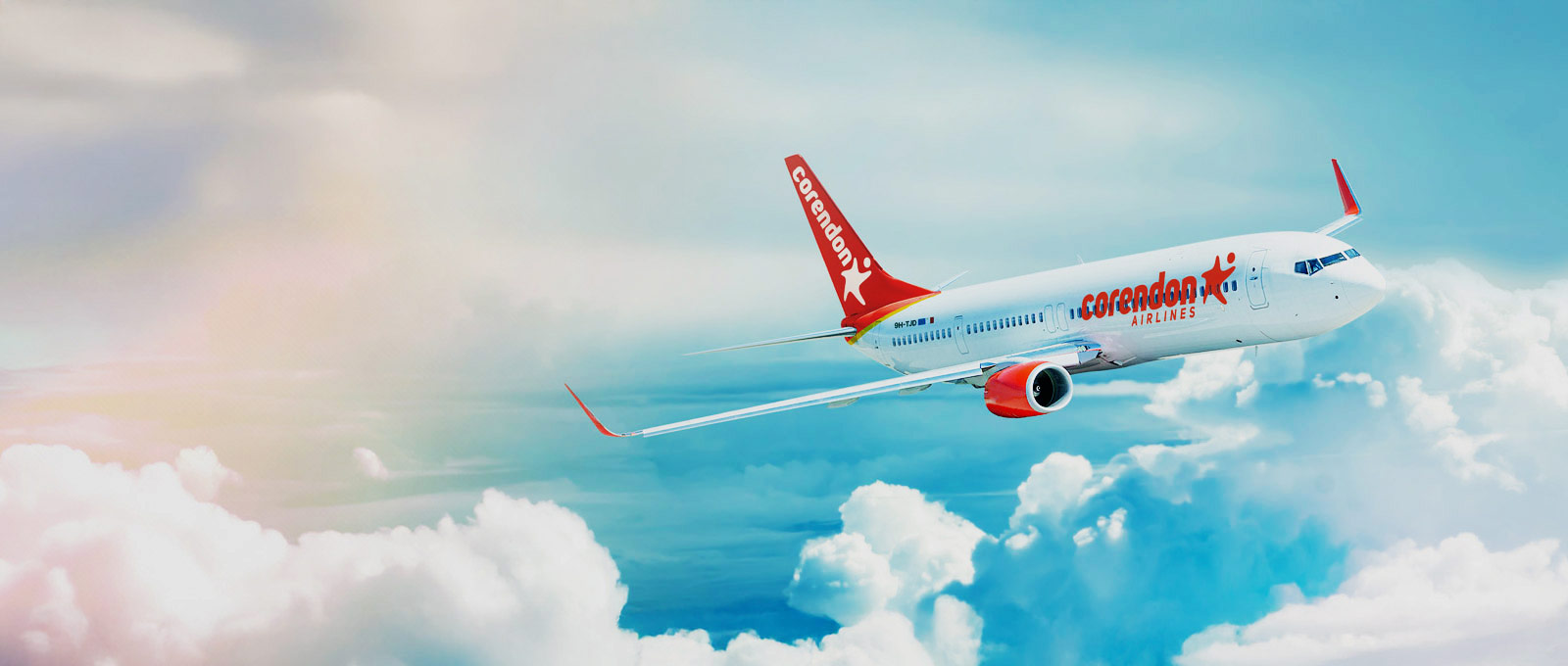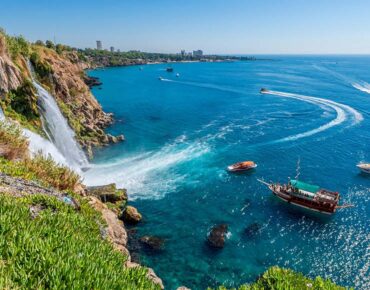What is the safest way to travel? If you have ever wondered about the answer to this question, welcome on board! This is one of the most common questions asked around the world, and the answer is likely to surprise you. Reading further, you will get the details of the safest means of transportation from airway to road, from seaway to railway. Let’s dive deeper and see what the safest forms of travel are!
Means of Transportation
In general, there are four types of transportation: airway, road transportation, railway, and seaway. Each mode of transportation has its advantages, risks, and unique safety measures. Here are the general types of transportation.
- Airway: Known for its speed and global connectivity, airplane travel is often considered the safest form of travel due to advanced safety protocols and technology.
- Road Transportation: The most commonly used mode of travel, offering flexibility and accessibility for short and long distances alike.
- Railway: A reliable and efficient option, especially in urban areas and for long-distance travel with minimal environmental impact.
- Seaway: Ideal for transporting large volumes of goods and passengers across oceans and rivers, offering a steady and scenic journey.
Safest Means of Travel
Here is the safest means of transportation list! Let’s check it out!
Number 1: Airway
Flying above the clouds in a metal box generally feels horrifying to millions of people around the globe. However, here is the surprising statistic from the European Union Aviation Safety Agency for you: there were only seven accidents resulting in fatality out of almost 41 million flights in 2024. This solid fact places air travel at the top of our list of the safest means of transportation.

One reason for this record is the strong maintenance and safety protocols. Modern airplanes are equipped with cutting-edge technology, including multiple redundant systems designed to guarantee operational safety even in challenging situations. Furthermore, pilots undergo extensive training and continuous skill evaluations to maintain their ability to handle any unexpected scenarios. Additionally, there are several critical rules established by the top foundations in the industry. These stringent global aviation standards are enforced by organizations such as the International Civil Aviation Organization (ICAO). These ensure that safety measures, air traffic control systems, and emergency protocols are consistent worldwide. From routine checks to in-flight monitoring, every aspect of air travel is optimized for safety.
In addition to technical safeguards, passenger safety is further provided by onboard guidelines. These include instructions for emergency exits, the use of seat belts, and how to respond during turbulence. Flight attendants are also highly trained to handle medical emergencies and other unexpected situations, ensuring that passengers feel secure throughout their journey. While the idea of flying might be fearful for some, the numbers don’t lie. Air travel remains not only the fastest but also the safest way to cover long distances. Whether you’re flying for business or leisure, you can trust that tight measures are in place to prioritize your safety above all else.
You might also want to read our blog post “Tips for the First Time Flying” before your first adventure above the skies.
Number 2: Railway
European Union’s railway safety statistics show that the risk on railroads has decreased since 2010, with most fatalities involving unauthorized individuals on the tracks rather than passengers. This improvement is largely due to advancements in technology, significant safety protocols, and enhanced infrastructure. Thus, the “railway” earns the second spot on our safest means of travel list. Modern railway systems are equipped with advanced signaling technology and automated controls that minimize human error and ensure smooth operations. For example, high-speed trains use dedicated tracks and cutting-edge safety systems that detect potential hazards well in advance. These innovations have contributed to an unparalleled level of reliability and safety in rail travel. Additionally, regular inspections and maintenance of tracks, locomotives, and carriages play a vital role in reducing accidents. Railway operators adhere to strict international and regional regulations to maintain the highest safety standards, ensuring that passengers can travel with confidence.

Number 3: Seaway
According to the statistics from the European Maritime Safety Agency’s report, only 38 people lost their lives in seaway accidents in 2022, and the number of “Very Serious” incidents was 44. So, the third place on our safest forms of travel list goes to “seaway”. Modern maritime transportation benefits from highly advanced navigation systems and tight safety regulations. Technologies such as GPS, automated ship monitoring systems, and real-time weather tracking enable vessels to avoid dangerous conditions, significantly reducing the likelihood of accidents. Additionally, international maritime laws and protocols ensure that safety standards are maintained across fleets worldwide. Another factor contributing to the safety of seaway travel is the training of crew members. From handling emergencies to ensuring passenger well-being, maritime personnel are equipped with the skills necessary to manage challenging situations effectively.

Number 4: Motorway
The final spot on our list is allocated to the most dangerous mode of transportation, which is the motorway. According to the annual report of TÜİK (Türkiye Statistics Foundation), there were 266,854 road accidents involving death or injury in a single year. This figure places “motorway” at the fourth spot on our safest means of transportation list. Despite being the most accessible and widely used form of travel, road transportation is full of risks. Factors such as driver error, poor road conditions, speeding, and adverse weather contribute significantly to the high accident rates. Unlike other forms of transportation, roads involve a mix of different vehicle types, pedestrians, and cyclists, increasing the potential for collisions globally. However, efforts to enhance road safety are continuously being made. Governments and organizations around the world are implementing stricter traffic laws, better road designs, and public awareness campaigns.
















